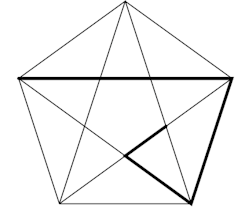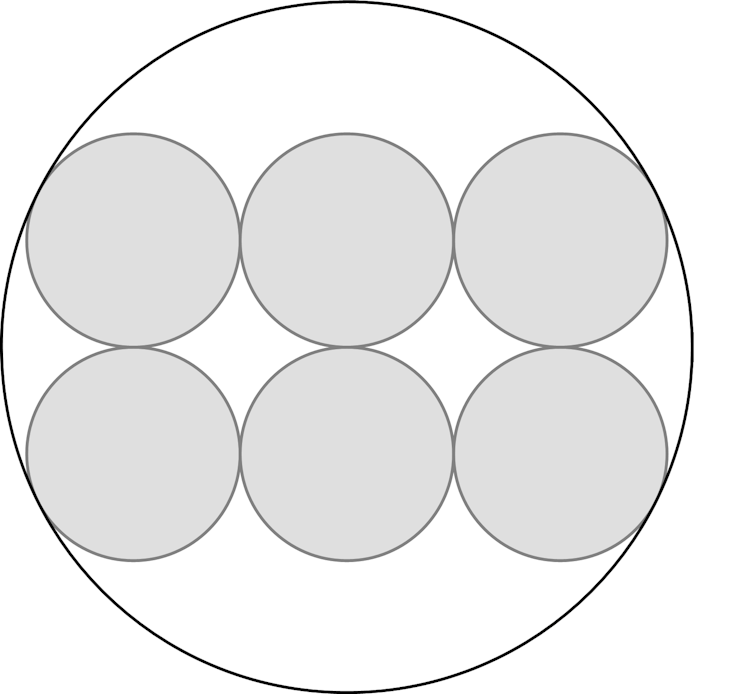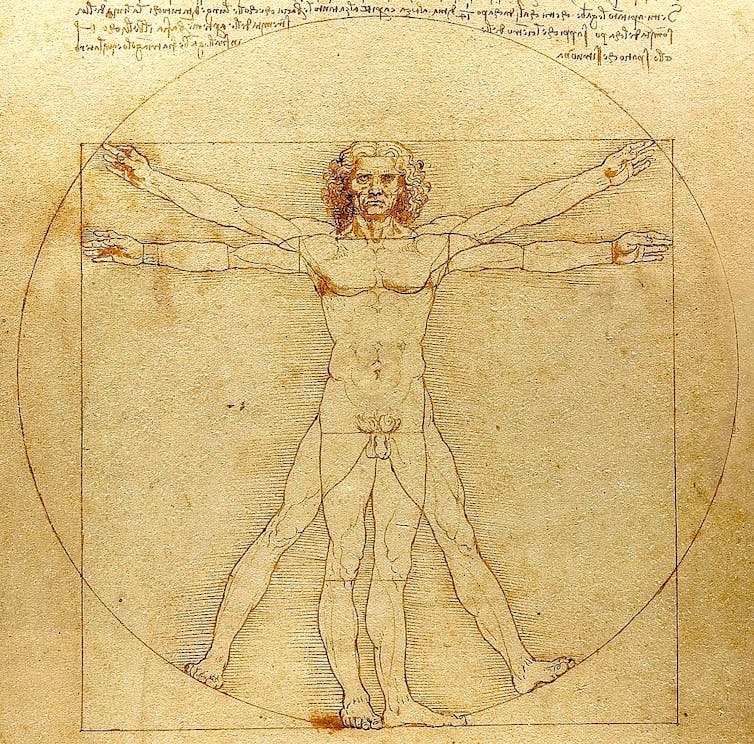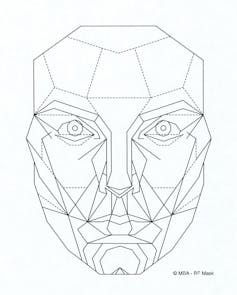Does Amber Heard really have the world’s most beautiful face? An expert explains why the Golden Ratio test is bogus
It has long been thought the ancient Greeks used the Golden Ratio to beautify their art and architecture. Turns out that’s not really true.








